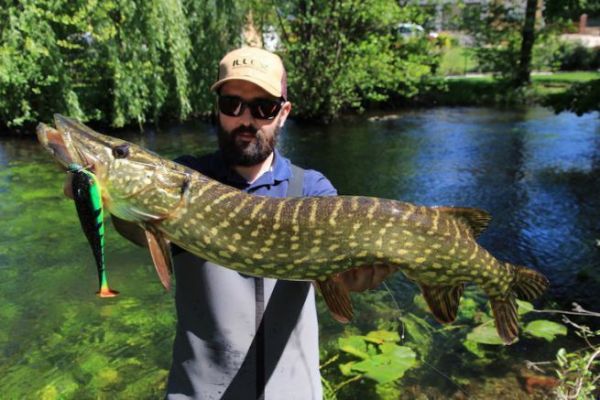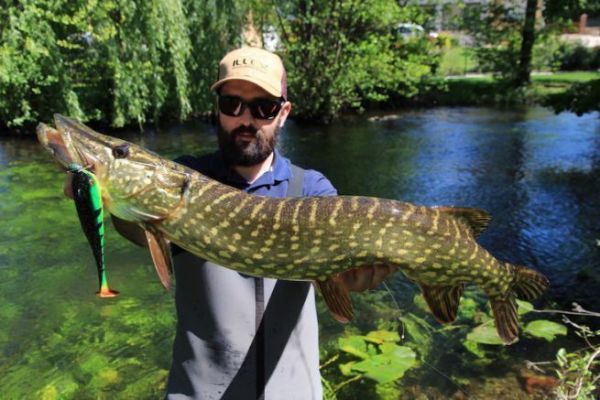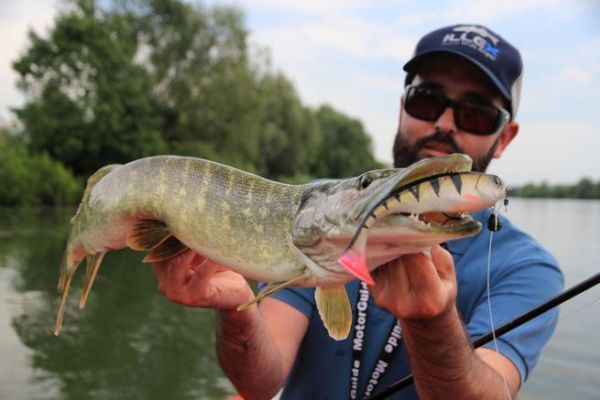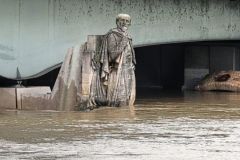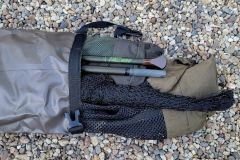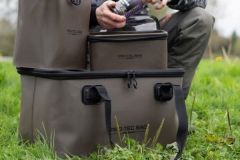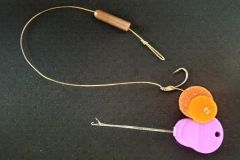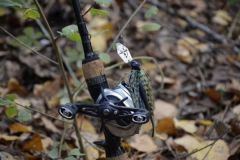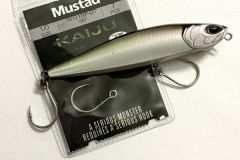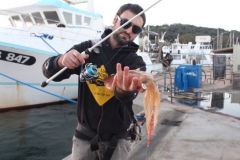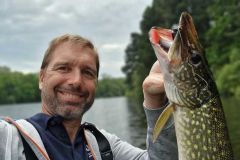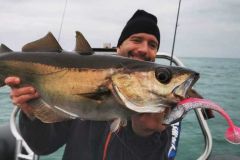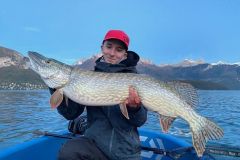Very often it is risky to make generalizations, to produce speeches full of certainties. This is especially true for fishing. If we knew only half of the behavior of the fishes it would certainly make our passion less interesting. Nevertheless, we can identify trends, and it is up to each angler to adapt to the fishing conditions he will face.
All this information that nature graciously gives to whoever wants to observe it, to listen to it, is not necessarily essential to the success of a fishing session, free to each one to "live" fishing as he wants. You will not necessarily miss your opening, and more widely your fishing season, by not paying any attention. Nevertheless, for the more demanding fishermen (of which I am a part), this observation of nature is fundamental, because beyond the season, in fishing, observation comes before anything else (and it is not the fly fishermen who will contradict me...).
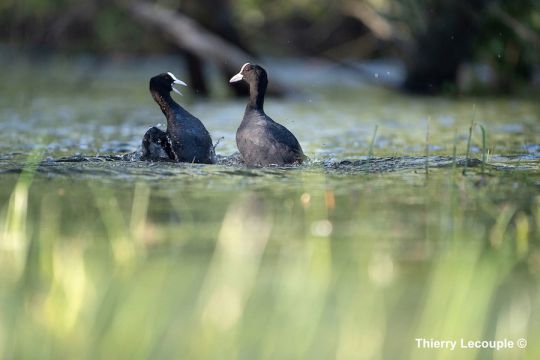
Spring is the season that rhymes with nature's awakening. Considering what is happening on the shore, on and under the water can be of great help in determining the angle of attack we might want to give to our fishing. Let's try to draw up a non-exhaustive list of parameters to take into account.
Pike YES ! Pike perch and black bass NO !
At the time of the opening, the pike has been spawning for some time. We will only refer to this fish since other carnivores such as pike-perch, depending on the geographical location, have not yet finished their reproduction process. It is the same with the black bass. Note that these two fish are particularly vulnerable to the opening of fishing, because the males of both species, have taken place on nests, often in shallow areas, and fiercely protect the eggs from all potential aggressors, including lures ... The best is to do everything to leave them alone.
Pikes spawned
Pike have not fed much or not at all during the whole period of their reproduction. A period that requires a lot of energy from the fish. At the end of this period (completed weeks ago), they have a real need to recover and to resume a frequent and regular feeding activity.
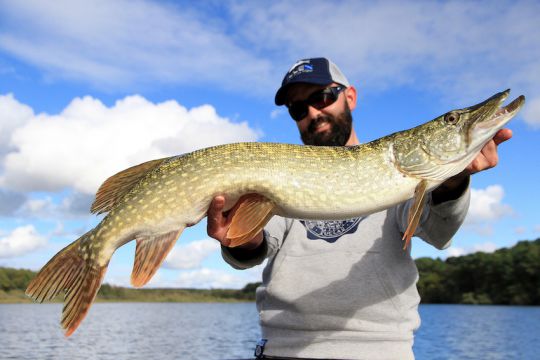
The water heats up
With the arrival of spring, the air temperature gradually increases. The same is true for the water temperature. This temperature will have a direct effect on the level of activity of fish, cold-blooded animals. The warmer the water, the faster the metabolism of the fish and the more frequently they will feel the need to feed. Fish are more inclined to move, and from a distance, to "pick up" the lures.
Moreover, with this warming of the water and contrary to the winter period, pikes will move more on the water column and will find themselves much more easily posted on the edge or on the shallow areas in order to find a more comfortable water temperature. In short, they can be everywhere depending on the biotope. It's up to the angler to find them!
White fish are spawning
At the time of the recovery, the roach has already spawned. Rotengle and chub are, as for them, in the process of reproducing. The pikes are generally in the front row, not hesitating to "hit" the spawning fish that are regrouping as well as the newly formed fry balls. We understand that this leaves us a number of possibilities as to the type, size and color of lures to use for example. Note that the perch also take advantage of the situation by focusing on the fry. They themselves become prime targets for pike.
Waterfowl, amphibians and mammals breed
In addition, many other animals directly linked to the aquatic environment are in full reproduction. If the toads were already at work in the ponds and bodies of water from mid-March, the frogs (green and laughing frogs) are in full swing. The frolics taking place close to the banks, it is an element not to be neglected, justifying in itself a fishing of edge... At this time of the year, pike are more used to hearing and seeing potential prey fall into the water, the "splash" of a lure close to the bank will be more easily assimilated to food. It's just a matter of natural conditioning.

We can also talk about water birds, especially the coot, the great crested grebe or the moorhen. The young are usually born in the timing corresponding to the opening of the pike.
A carnivorous fish, even if it will privilege the most abundant biomass in its environment to feed itself, remains nevertheless very opportunistic, because rather lazy of nature. Another element that supports the thesis of the edge fisheries. The same is true for small mammals such as the coypu or the muskrat. Surface lures should therefore not be forgotten!
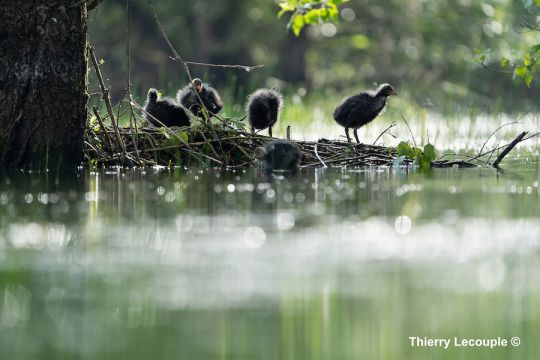
The fish have been resting for 3 months
Indeed, they have not been solicited for several months, their level of vigilance, directly linked to the Pavlovian conditioning "lure = trap", is therefore at its lowest.
A season where a multitude of things are possible
Spring is for me the season of all possibilities. And it is without counting with the algal development already well advanced at this period. The fish can be everywhere on the water column, hiding in the weed beds, lurking on the edge. They are active and respond well to a wide range of lures. We can use them for more or less fast fishing, with small and/or big lures, in open water, on the edge, with surface lures, etc. Many possibilities are offered to the fisherman, it is up to him to find the key of the moment!

 /
/ 